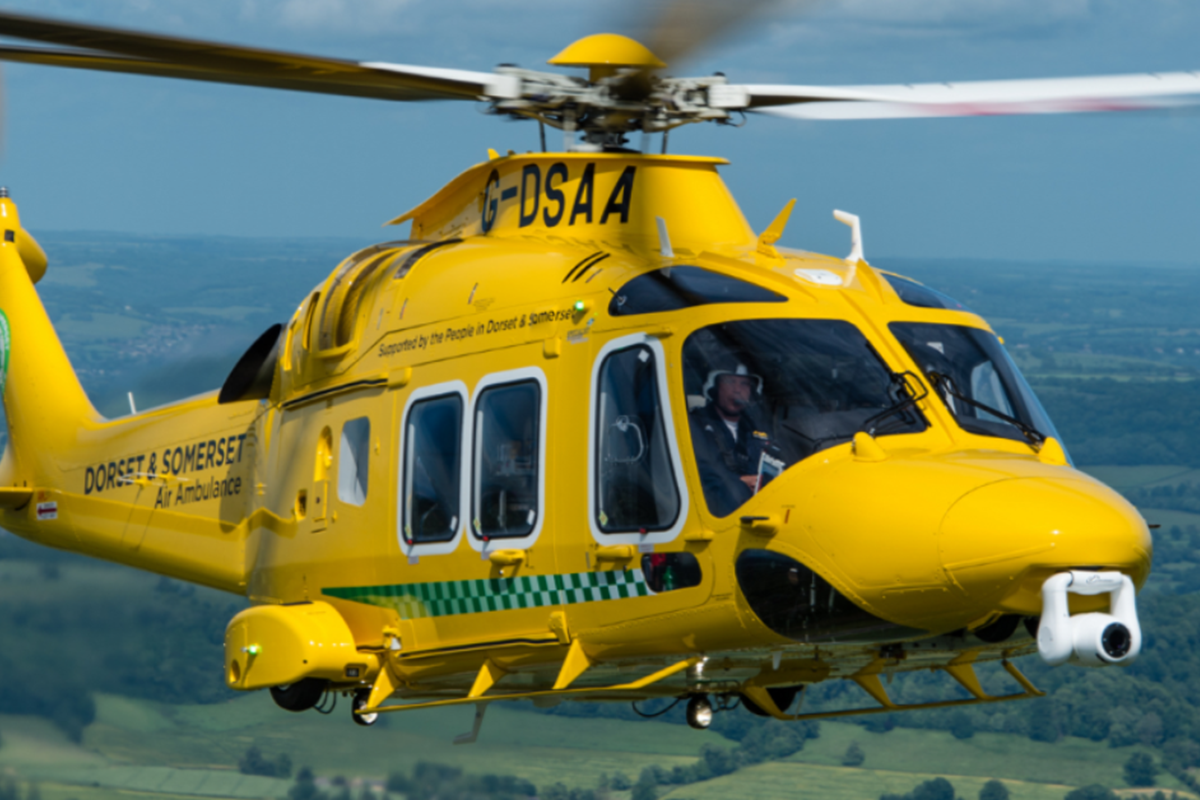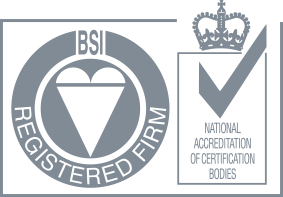
Dorset & Somerset Air Ambulance and interview with Mario Carretta
17 January 2023Dorset and Somerset Air Ambulance, located at the quiet Somerset airfield of Henstridge, has passed over 20 years of operations supporting its community. They were one of the first UK adopters of the AW169 in the HEMS role, selecting it to replace their previous EC135 'mount'. The AW169 is a highly sophisticated aircraft, with a comprehensive avionics suite and Single Pilot Instrument Flight Rules (SP IFR) certification. Although the 'base' AW169 design has retractable undercarriage, Dorset & Somerset's aircraft is fitted with 'Bear Paws' to aid landing on rough and unprepared surfaces. Given that most of the unit's 'shouts' feature no more than 10-15 minute legs between base, incident and hospital, the slight increase in fuel burn by having the gear down the whole time is negligible - and well worth the peace of mind the Bear Paws offer (not to mention no chance of a tired or distracted pilot forgetting to put the gear down....). Typically, the Unit plans for an endurance of just under two hours, affording plenty of operational flexibility with a useful safety margin.
Surely, with such a modern and well-equipped helicopter tucked away in its hangar at Henstridge, there's little need for Airbox's ACANS?
Quite the contrary according to Dorset and Somerset's chief pilot, Mario Carretta. When Mario expresses an opinion, it's generally worth listening to. A highly experienced former Royal Navy helicopter pilot, Mario is also a graduate of the prestigious Empire Test Pilots School (ETPS) and spent several years conducting flight testing of new helicopters, mission systems and other equipment at MoD Boscombe Down while serving on the Rotary Wing Test Squadron (RWTS). Mario has a rare depth of experience, and the approach of both pilot and engineer. He explained that despite the AW169's design permitting SPIFR operations, Dorset and Somerset operate the machine with two pilots. He continued that the pilot roster includes both experienced ex-military and self-improver civilian operators. The latter benefit from absorbing the hard worn lessons learned by the military crews, especially when using night vision goggles, whilst also maintaining that all-important civil 'mindset'. This two-pilot approach reduces cockpit workload and improves lookout and situational awareness. ACANS plays a huge part in both.
Although equipped with the usual ADS-B in/out and TCAS, ACANS offers another 'layer' of electronic 'lookout'. As it's powered by the UK's data Network it is not reliant upon line of sight. Aircraft that are operating nearby can be invisible to conventional E-Conspicuity if masked by terrain or other obstructions, and, of course, can also be subject to technical failure and operator error. ACANS can help fill some of these 'gaps'. Mario recalled flying in some particularly poor weather near Plymouth when a Children's Air Ambulance 'popped up' on ACANS lifting from a landing site nearby - before any of the traditional Mid Air Collision Avoidance technologies had alerted. Mario continued that discussions with Airbox had enabled all 'Company Traffic' to run their ACANS through a common server; therefore, all of the emergency service aircraft have an additional layer of awareness, which, as he notes, would be a significant boost to flight safety in the event of a mass casualty event with several units deployed. Other discussions with pilots who flew in disasters such as Hurricane Katrina in the US were violent in their agreement that the deconfliction at the 'scene of search' and at refuels/field hospitals would have been significantly improved by a system such as ACANS.
Mario also intimated that another feature would be useful in a Katrina-style event. It took responders in New Orleans valuable time to arrive at a system to designate which houses and areas had been searched and cleared of survivors. Some areas were missed, while others were cleared multiple times. The ACANS messaging system could prevent a recurrence. The use of the system as, in effect, a 'chat' frequency, enables the aircraft's radios to be reserved for Air Traffic and other essential uses, rather than risking the flight crew becoming distracted or overwhelmed by mission 'chat'. Using text rather than voice allows unambiguous instructions to be sent and received, and enables the crew to contact home base, HEMS HQ in Exeter, and other air and ground assets even if not line of sight, exploiting the data network.
For a typical mission day, Dorset & Somerset will take four ACANS iPads into the aircraft. Both pilot and co-pilot have access to an iPad Mini to assist with navigation, SA, messaging and display of any pre-recce'd landing site or Hospital Landing Site they may be called to land upon. The tablets also act as Electronic Flight Bags, containing the unit's Operations Manual, the aircraft's Operating Data Manual, and normal/emergency check lists.
The medical team have an iPad Mini in the back, primarily for 'Chat' purposes. The fourth iPad is a full-size device and Mario explained it is used for any airborne or land away re-planning, especially for night sorties. The increased screen size making it easier to explore imagery for potential obstructions around a landing site, or hazards such as masts and wires if re-routing. Mario noted that they use ACANS extensively for pre-flight planning at their home base; importing NOTAMs and other restrictions. Having the full size iPad on the aircraft provides the crew with the means of conducting a similar flight planning process when away from base.
ACANS also provides an element of flight following. This also reduces the need for radio chatter, as both the HEMS HQ and Dorset and Somerset's own Operations team can monitor the location of the aircraft and be fully aligned with sortie progress. For a generation of aviators used to making repeated 'Ops Normal' and 'lifting/landing' calls for operations staff, this silent and unintrusive tracker is a workload reducer and enables HQs to exercise far better mission control.
When asked about what Airbox are like to deal with, Mario is unhesitatingly complimentary. 'They are simply brilliant at reacting' he notes. The relationship feels more complimentary towards a common aim than a traditional supplier/client arrangement. The fact that the Airbox staff get to know the Unit and the people well helps, as does the increasing adoption of ACANS (and MOSIAC) by other Blue Light and Emergency services - including some elements of the military tasked with civil support roles.
Despite having a state-of-the-art helicopter and highly experienced aircrew, Mario is firm in his opinion that ACANS makes a huge difference to their effectiveness and safety as an organisation. The strong bond with Airbox gives him confidence that the system will continue to play a pivotal role in Dorset and Somerset's lifesaving mission for the foreseeable future.






